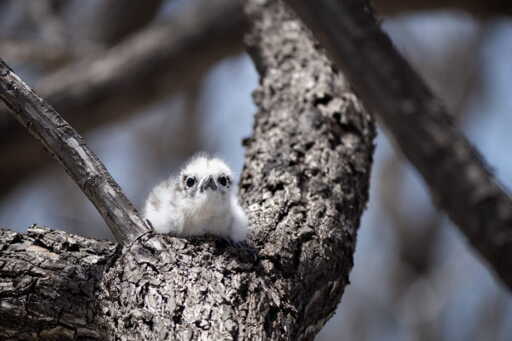On Bikar Atoll and Jemo Islet of the Marshall Islands, seabirds are returning, forests are regrowing and coral reefs are recovering. And it all stems from the removal of a single invasive pest: rats. Rats were once so abundant on Bikar and Jemo that they “utterly dominated the lower levels of the forest,” Paul Jacques, project manager with the nonprofit Island Conservation (IC), told Mongabay by email. “It was impossible to walk more than twenty metres [65 feet] without seeing a rat,” he added. As omnivores, rats feasted on all that the islands had to offer, including coconut crabs, a key food for local communities, as well as the seeds and seedlings of native trees like Pisonia grandis, halting forest regeneration. They also ate the eggs and young of turtles and seabirds, devastating their populations. In 2024, IC launched a rat eradication campaign on Bikar and Jemo using drones to deliver “conservation bait,” a poison designed specifically for rats. The results have been dramatic, Jacques said. There were no Pisonia grandis seedlings in 2024; now, thousands are sprouting. The trees provide vital nesting habitat for seabirds, including red-footed boobies (Sula sula), white terns (Gygis alba) and black noddies (Anous minutus). Seabirds are flocking back. In Bikar, for example, conservationists have observed a colony of about 2,000 sooty terns (Onychoprion fuscatus) feeding hundreds of chicks. Previously, there were none. At Jemo, white terns were seen “having a bumper nesting season” with dozens of small chicks, Jacques said. The increasing seabird population…This article was originally published on Mongabay
From Conservation news via this RSS feed


